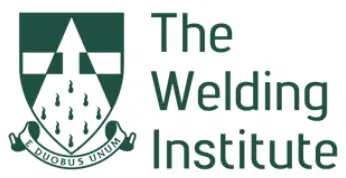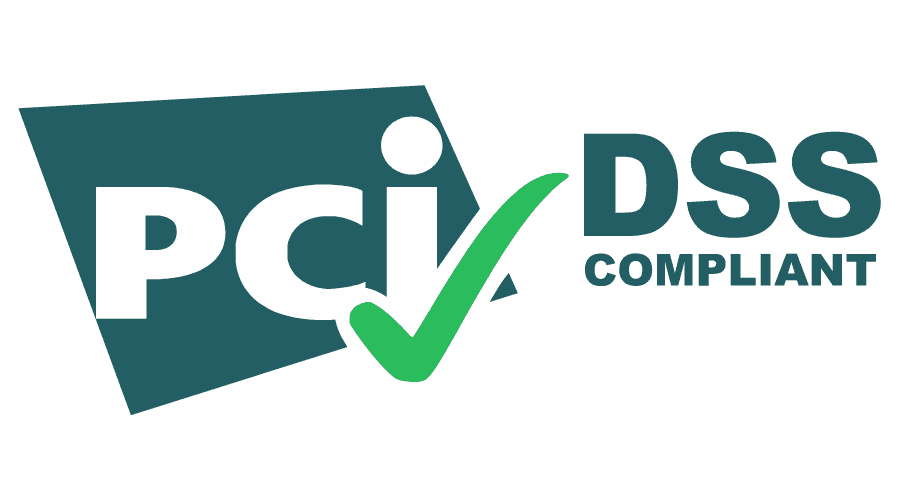Weld purging is essential when working with oxidation-sensitive metals like stainless steel, titanium, and nickel alloys. By displacing oxygen and contaminants with inert gas (argon, helium, or nitrogen), purging prevents oxidation, improves weld appearance, and reduces corrosion risk.
This guide covers what purging is, how to prepare, key techniques, troubleshooting, and safety measures.
💡 Save on Weld Purging Equipment
We stock a full range of purging kits, inflatable dams, gas regulators, and accessories designed to help you achieve flawless welds.
1. What is Welding Purging?
- Process of removing oxygen and moisture from the weld zone with an inert gas.
- Common gases: Argon (most popular), Helium (lightweight, deep penetration), Nitrogen (laser welding, stainless), CO₂ (used in MIG, not TIG).
- Benefits: prevents oxides, improves weld strength and appearance, reduces post-weld cleaning.
2. Preparing for Welding Purging
✔ Clean the weldment – remove oil, grease, oxides.
✔ Seal the weld zone – use aluminium tape, silicone putty, dams, or inflatable bladders.
✔ Set correct gas flow – enough to purge fully, not so high that turbulence introduces air.
✔ Use the right flow meter – variable area, rotameter, or thermal mass, calibrated before use.
✔ Check safety – leak test hoses and fittings, ensure good ventilation, use PPE.
3. Purging Techniques
- Back Purging – feed inert gas behind the weld (common for pipe welding, stainless, titanium).
- Preheating – warms base metal, reduces moisture and thermal stress, lowers purge gas demand.
- Low-Amperage Welding – keeps arc stable and reduces turbulence.
- Purge Dams – contain purge gas in pipes, reducing volume and gas waste.
- Multiple Gas Inlets – useful for large or complex geometries to maintain even coverage.
- Flow Meter Monitoring – ensures consistent, correct flow.
4. Monitoring & Troubleshooting
Common issues:
- Inadequate gas flow → contamination, porosity.
- Leaks in seals or lines → air ingress.
- Poor positioning → uneven purge.
Fixes:
- Always monitor gas flow and oxygen levels.
- Leak-check regularly with soapy water or detectors.
- Reposition delivery lines for even coverage.
- Match purge gas to material (argon for stainless, argon/helium for titanium).
5. Safety Considerations
- Oxygen displacement risk – purge gases can cause asphyxiation in enclosed spaces.
- Gas leaks – fire/explosion hazards from damaged hoses, regulators.
- Ventilation – always ensure good airflow.
- PPE – respirators, gloves, safety glasses.
- Cylinder handling – store upright, away from heat, with valves protected.
6. Key Takeaways
- Choose the right gas and purge method for your material.
- Prepare thoroughly: clean, seal, and check for leaks.
- Control gas flow for efficient, turbulence-free purging.
- Monitor continuously and troubleshoot quickly.
- Always follow safety protocols for gases and equipment.
Weld Purging Quick-Reference Chart
| Material | Typical Purge Gas | Flow Rate (L/min) | Purge Time (before welding) | Notes |
|---|---|---|---|---|
| Stainless Steel | Argon (99.99% pure) | 5–12 | 2–5 min (small pipes), 10–20 min (large sections) | Back purging recommended for pipes. |
| Titanium | Argon or Argon/Helium | 10–20 | 10–20 min (or until O₂ < 50 ppm) | Trailing shields often needed. Very sensitive to O₂. |
| Nickel Alloys | Argon | 8–15 | 5–15 min depending on section size | Maintain low O₂ levels throughout. |
| Carbon Steel | Argon or Argon/CO₂ mix | 5–10 | 2–5 min | Purging mostly used for critical joints. |
| Aluminium | Argon or Helium | 10–15 | 2–5 min | Usually requires less purging than stainless/titanium. |
| Duplex Stainless | Argon + 2% Nitrogen | 8–15 | 5–15 min | Nitrogen addition helps phase balance. |
| Copper/Cu-Ni Alloys | Argon | 8–15 | 5–10 min | Ensure even coverage to avoid porosity. |




